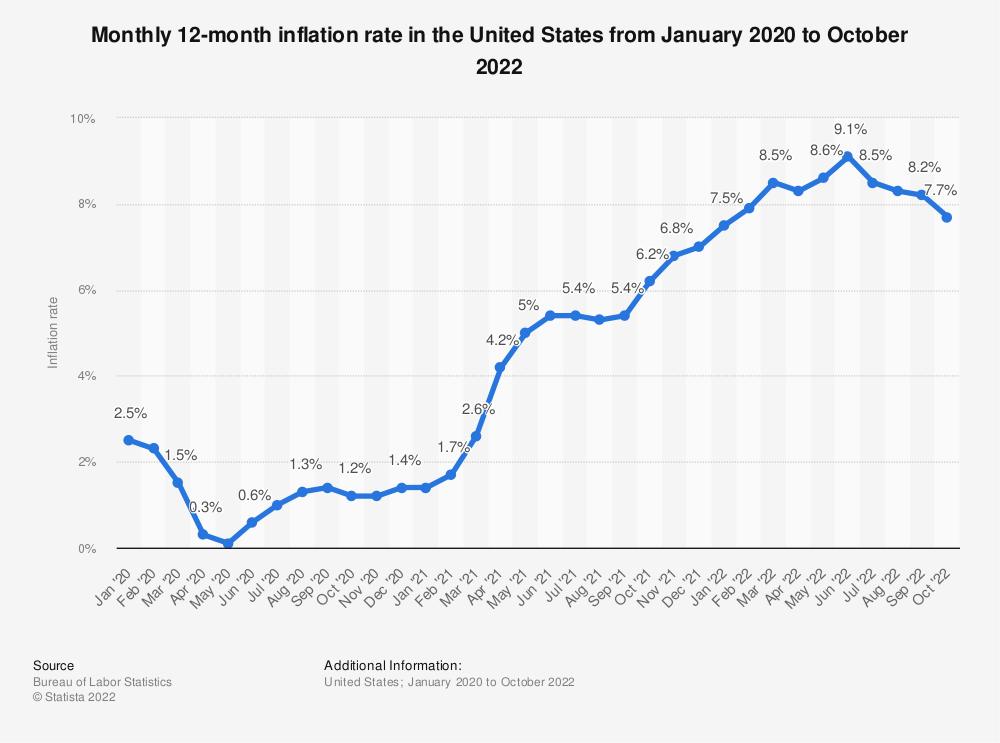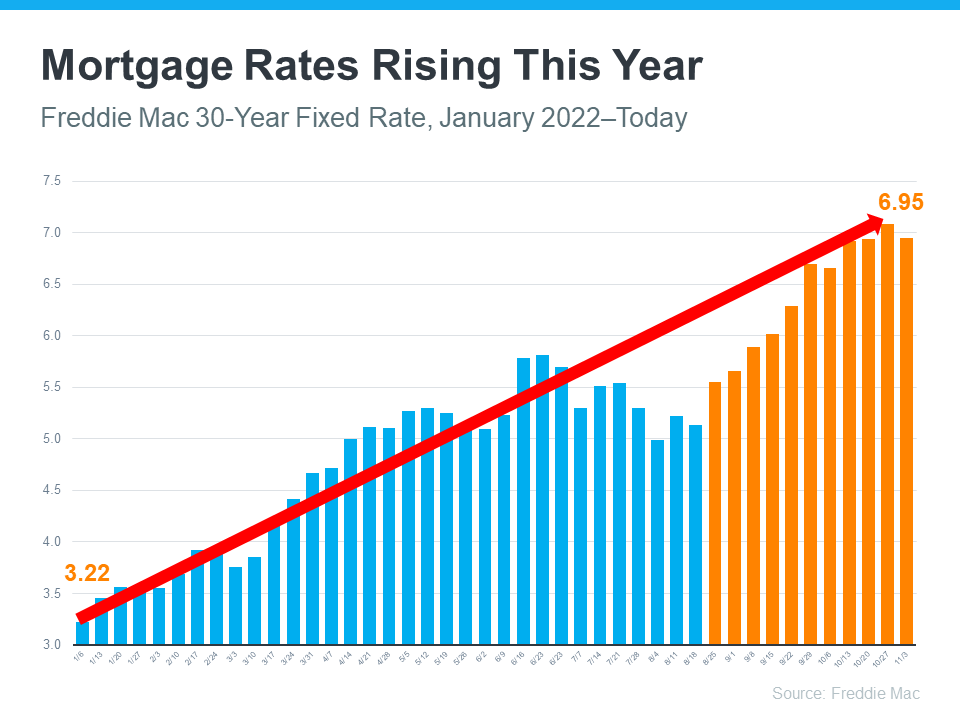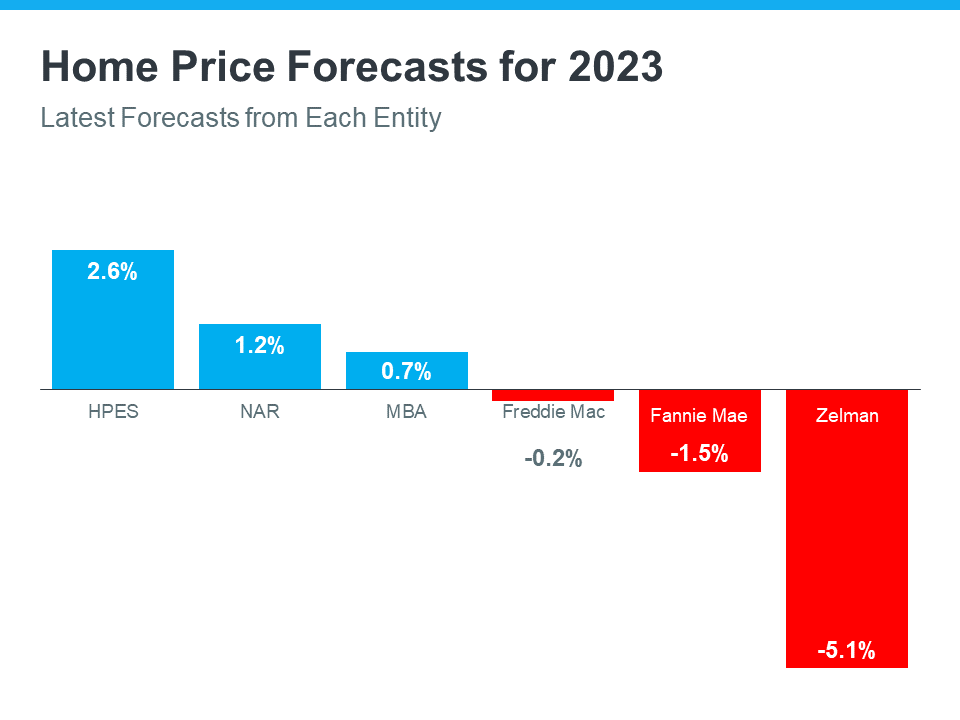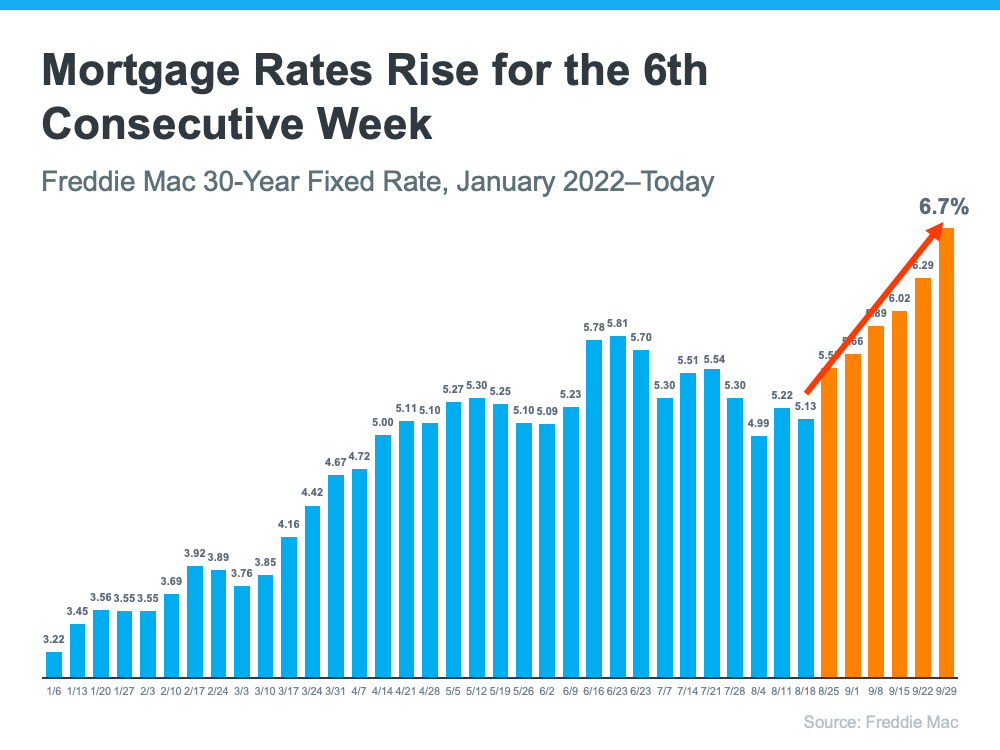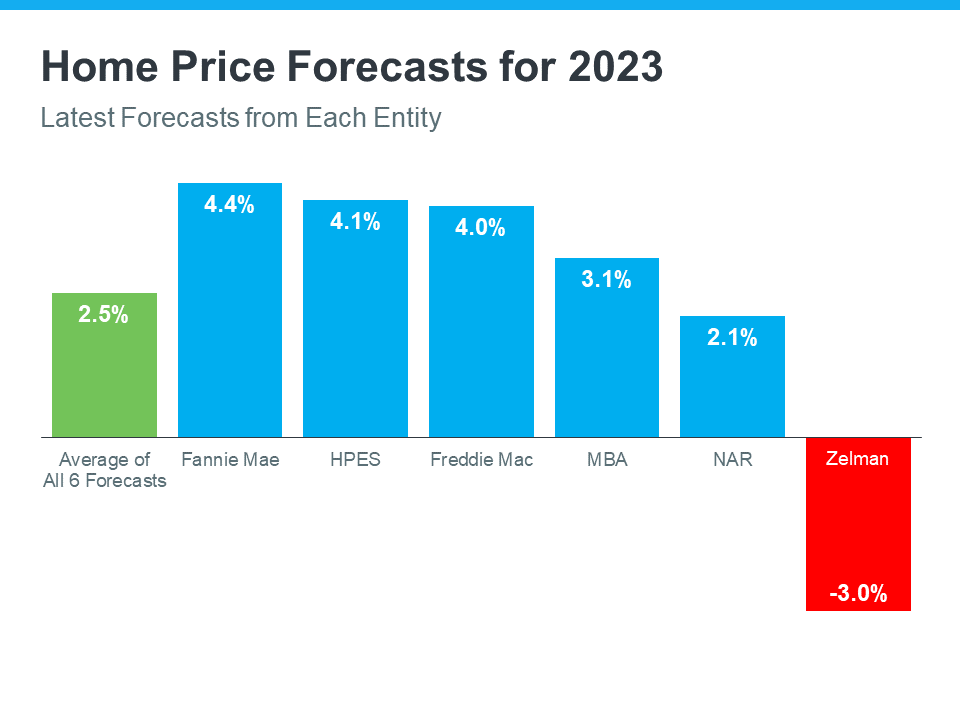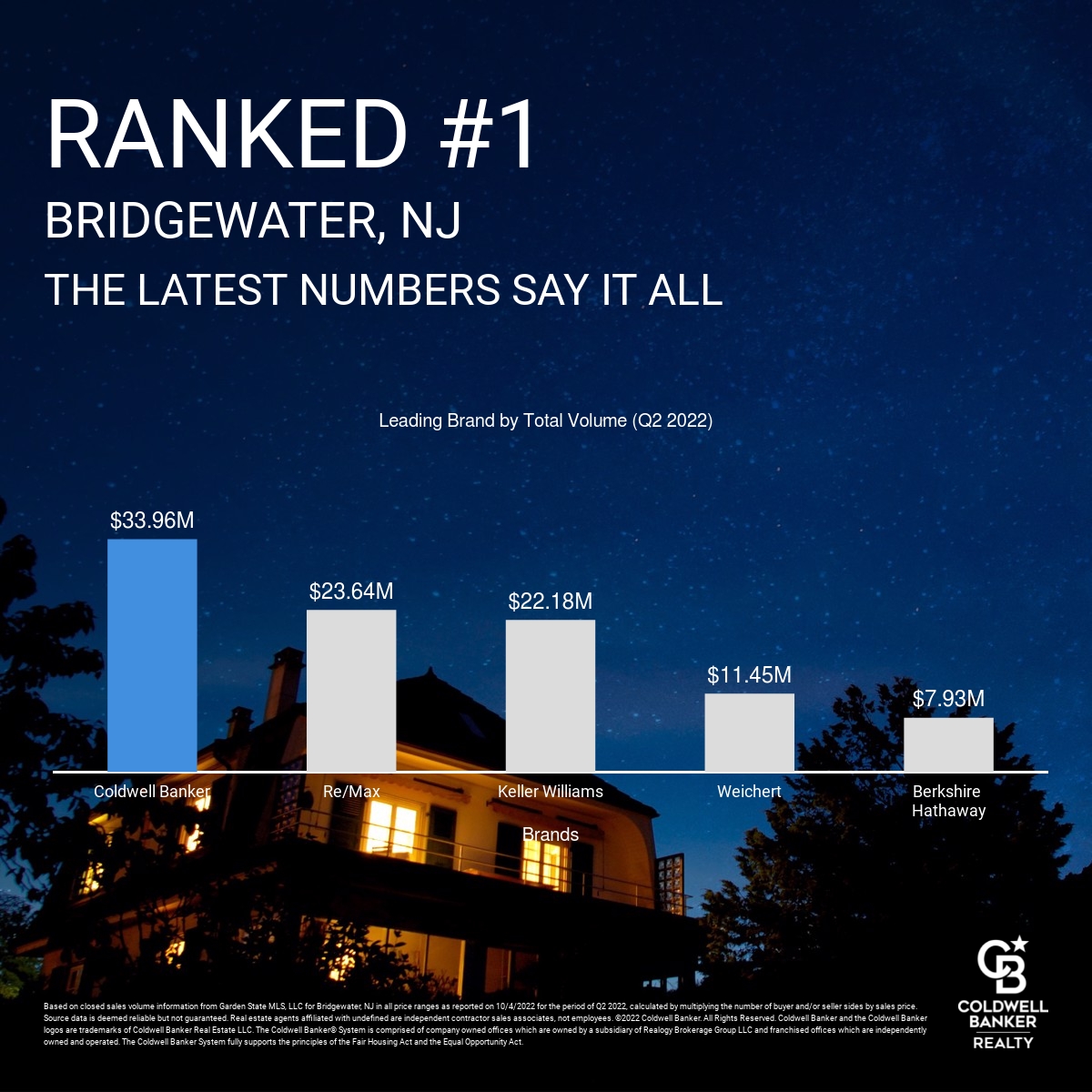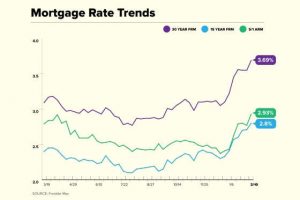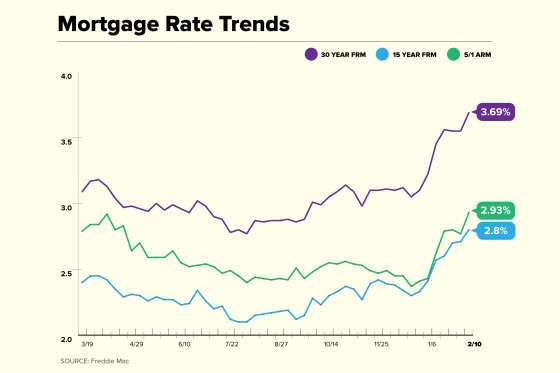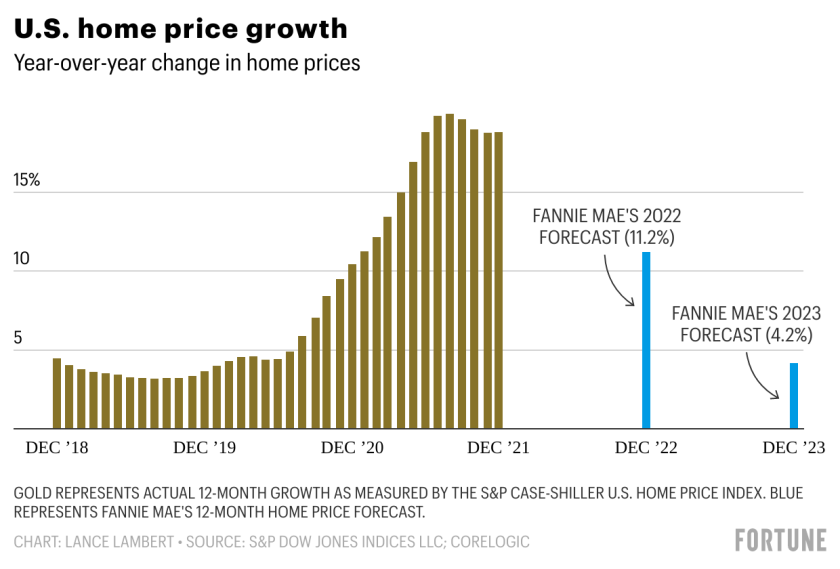May, 2023
What Is Going On In The Housing Market?
(Charts courtesy of Keeping Current Matters)
It almost seems every day there is an “update” on where the housing market is going. And to someone looking
to buy a home, or an existing homeowner contemplating selling, the news can be confusing, resulting in more questions than answers. What is happening with the economy? Will there be a recession? How will a recession effect
the housing market? Why are home prices still going up when mortgage rates are rising? Why are there so few
homes on the market?
These are the types of questions asked when talking with those looking to buy a home, and those looking to
move and put their existing home on the market. And they are great questions. This Market Watch will not attempt
to answer all the questions buyers/sellers have regarding the market, but it will provide insight into two areas key
areas of home buyer/seller concern.
1. Will there be a recession and what effect will have on the housing market?
2. Why are home prices continuing to increase when mortgage rates have increased?
Will there be a recession and what affect will it have on the housing market?
There is concern within the business and consumer sectors that a recession is on the horizon. The Federal Reserve has already increased their Fed Fund Rate to 5.25 percent, with the last .25 percent increase authorized during their meeting in May.
And experts predict that the Fed won’t cut rates anytime soon for two key reasons. Inflation remains sticky, and
the economy has stayed strong. So with the latest increase, the question being asked is has the Federal Reserve
pushed the economy into a possible recession? In the March Fed meeting summary published last month, the Fed
said “Given their assessment of the potential economic effects of the recent banking sector developments, the
staff’s projection at the time of the March meeting included a mild recession starting later this year, with a recovery
over the subsequent two years.” With that statement, the Fed basically acknowledged that a recession is probable
later this year.
What does a likely recession mean for the housing market? Well, there will be some downsides. Unfortunately,
workers may get laid off reducing the population of home buyers. Interest rates (not necessarily mortgage rates,
which historically decrease during a recession) could increase raising the cost of household expenditures and reducing disposable income for down payments. Banks and other institutions may enforce stricter lending requirements, raising the bar and rates for some home buyers. And it could slow home purchases and price appreciation
(not depreciation) due to its impact on overall affordability.
However, what it doesn’t mean is overall falling home prices. A recession does not mean a housing crisis.
Looking at the last six recessionary periods, four of the six periods actually had home price appreciation. The one large drop in
pricing during the 2008 crisis, was due to very low loan standards
and an over abundance of supply. Two factors that are not present
in today’s market. So, it is expected that prices will, worse case,
hold, and more than likely increase in a possible recession.
Why are home prices continuing to increase when mortgage
rates have increased?
This is a fair and reasonable question considering the arguments in the press and on talking head news shows. The logic in
these arguments that prices should be decreasing is simple. When
rates go up, affordability goes down and home sellers will have to respond with lower pricing. Well, not so fast.
Yes, mortgage rates have increased. 30 year conventional mortgages have more than doubled what they were a
year ago. If logic followed, home pricing should be decreasing. And in some sections of the country, they probably
have. But if you are a home buyer in the Somerset, Hunterdon County area, housing prices have not dropped. Instead they have continually increased to the dismay of buyers
and delight of sellers. So, what is missing in this argument? Simply, the lack of a supply of homes.
At the end of April, Somerset County had only a 1.71 month’s
supply of homes, Hunterdon County 2.05. That compares to 1.73
month’s supply for Somerset County at the end of March, and
1.65 month’s supply for Hunterdon. Looking just at Bridgewater,
the Township had only a 1.2 month’s supply of homes at the end
of April, up slightly from 1.13 month’s supply at the end of March.
How critical is this? In a neutral market, one that does not favor
sellers or buyers, the month’s supply of homes should be 6 to 7
months. With such a shortage of available homes, even with affordability sliming the number of buyers, demand is
still high for listings and competition fierce, putting upward pressure on prices. Until the supply of homes increases
substantially, buyers should not expect any relief from home pricing.
Then the next question that should be asked is why? Why is supply so limited. The answer is basically two-fold.
First is from a seller’s perspective, if I sell in this market, where do I go. A seller does not want to be in a situation
where they put their house on the market, it quickly sells and they have no place to go. Granted, if they are moving
out of state, for example, or they have already bought a new home, this scenario goes away. But if the seller is only
looking to downsize, for example, and stay local, the options are very limited. It is just easier to stay in their existing
home.
The second factor is existing mortgage rates and past refinancing. Home owners may not want to face a new 6
to 7 percent mortgage when they have refinanced their home to a 3 percent mortgage, or do not have a mortgage
at all. Why pay more for less of a home, may be the question potential home sellers are asking. Looking at the chart, 23.6 percent
of existing mortgages have rates under 3 percent, while 38.5 percent have a rate between 3 and 4 percent and 20.4 percent have
a rate between 4 and 5 percent. When together, 82,5 percent of
active mortgages are under 5 percent. Add to those with mortgages, home owners without a mortgage, and it is easy to understand
why existing home owners are reluctant to move on. Thus a lack
of supply and a strong seller’s market that shows no indication of
easing.


 Facebook
Facebook
 X
X
 Pinterest
Pinterest
 Copy Link
Copy Link
